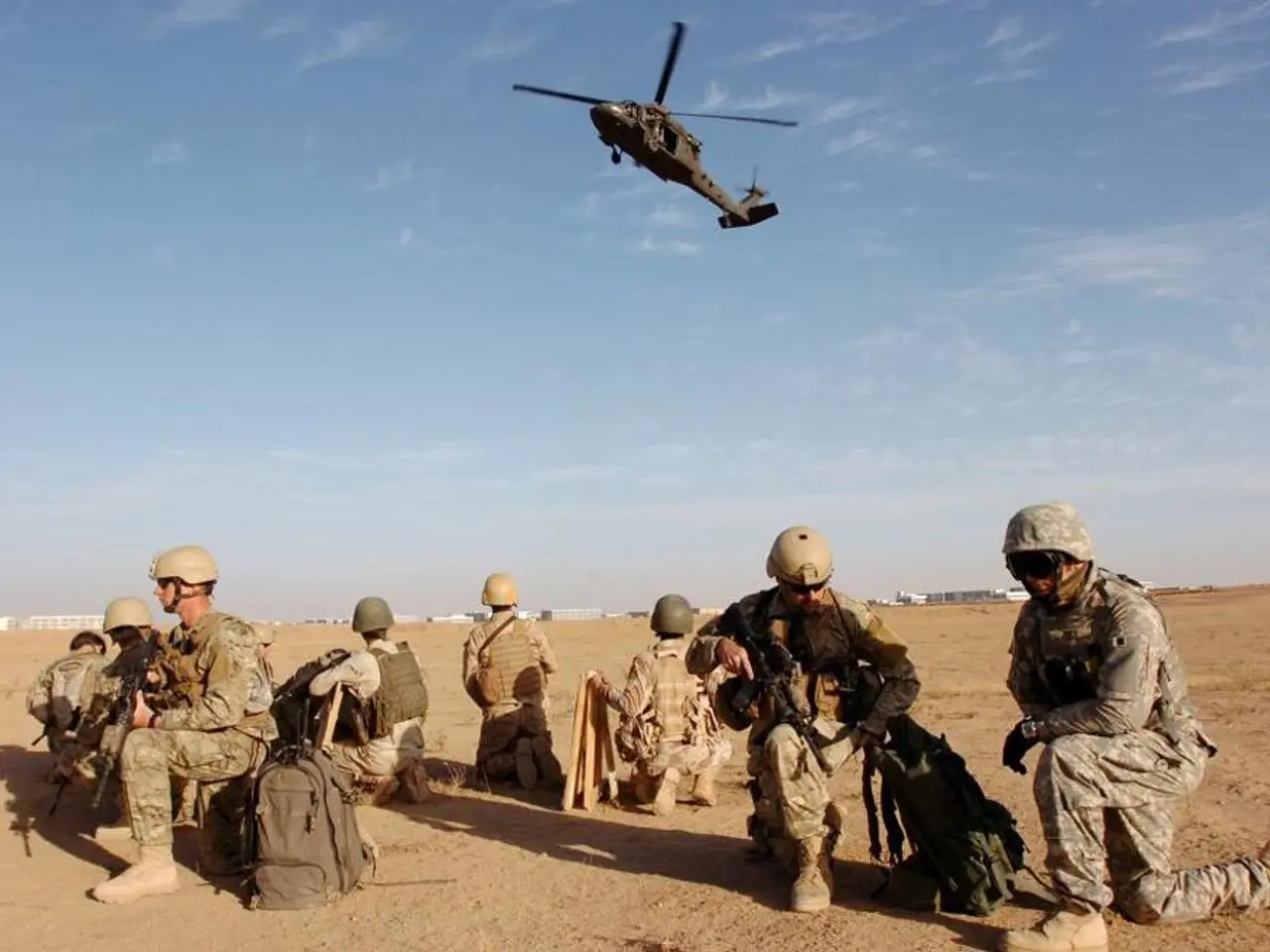Air Defense Strategies Centering on Passive Approaches
In the year 1953, on April 15, a significant event took place that marked the last successful enemy aircraft attack against US soldiers. Since then, the US Air Force and Army air defense capabilities have protected ground forces with a perfect record.
The growth of both peer and irregular adversary forces has led to a massive arsenal of armed and kamikaze-style aerial drones. This proliferation of advanced drones and accompanying tactics is almost certain to spell the end of US air dominance and nearly guaranteed protection for ground forces.
In such a challenging environment, the principles of passive air defense remain crucial. Passive air defense measures, such as detection, warning, camouflage, concealment, deception, dispersion, and sheltering, will continue to serve as the most important countermeasure for the majority of Army units.
Camouflage and concealment degrade the enemy's ability to accurately assess friendly composition and course of action. Dispersion is a principle of passive air defense that reduces the likelihood of units being targeted and ensures they remain mission capable in the aftermath. Sheltering, through individual or vehicular fighting positions or using adjacent terrain, is a time-honored method of protection against increasing aerial threats.
Deception operations are critical to protecting against enemy aerial threats as part of combined arms maneuver. Units must actively train to counter the growing threat of enemy unmanned and manned aircraft, incorporating this training into preplanned events such as collective gunnery and other field exercises. Deception reduces the enemy's ability to accurately detect and target friendly forces, particularly in the context of modern unmanned or manned air threats.
The culprit in the 1953 incident was likely a Soviet-built, North Korean-operated Polikarpov Po-2 biplane. Today, the enemies we face may be different, but the principles of passive air defense remain the same.
Intelligence Preparation is the key first step to Passive Air Defense. Field Manual 3-13.4, Army Support to Military Deception, provides an overview of how units can plan to deceive enemy forces. Early warning is necessary for movement into prepared fighting positions or for reporting to higher headquarters. Ambiguity increasing operations make the enemy less certain of friendly intent, while ambiguity decreasing operations guide the enemy toward incorrect beliefs about friendly actions and intent.
Units that rigorously train on employing passive air defense techniques maximize their survivability on the modern battlefield. Companies should incorporate unmanned aerial vehicles into vehicle identification drills that previously focused on legacy ground and manned enemy air threats.
While the threat landscape continues to evolve, the importance of passive air defense remains a constant. As we face new challenges, it is essential that our forces remain vigilant and well-trained in these essential defensive measures.
Read also:
- U.S. Vice President JD Vance discusses the proposed Bitcoin reserve
- Show a modicum of decency, truly
- Advanced Brabus Model Not Suitable for Inexperienced Drivers
- Latest Developments in Electric Vehicle, Battery, and Charging: IBM, Tervine, ACM, Clarios, Altris, 25M, Lion Electric, InductEV, EVgo, Toyota, EVCS, StoreDot, and REE Are in Focus




